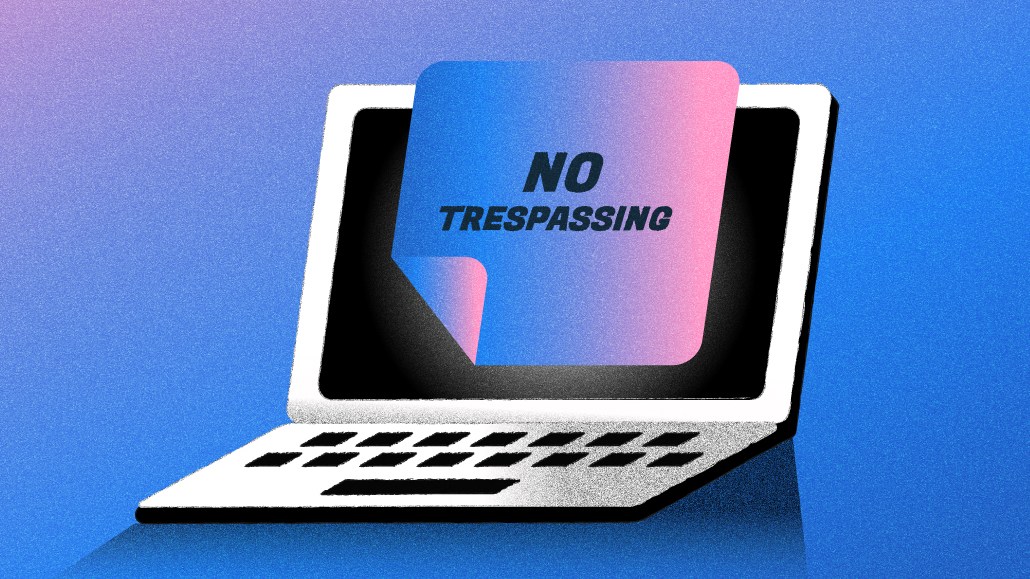The privacy changes as part of Apple iOS 17 and Google’s Chrome could mean a messy month for marketing

Summer’s here, but July could bring extra clouds for marketers.
This month, Apple and Google are both expected to introduce new privacy changes when they debut new versions of their platforms. With iOS 17 — which expands to public beta in July before the official launch in September — Apple will start automatically removing link trackers from URLs sent via Message and Mail as well as from links in Safari Private Browsing. Meanwhile, Google is moving forward with its own privacy changes by rolling out new APIs to Chrome and kicking off an 18-month roadmap for Privacy Sandbox.
By having Safari 17 block “known trackers and fingerprinting,” Apple will boost user privacy protections and make it more difficult to identify individual users. However, some marketers say removing URL parameters could make campaign analytics less reliable. Some of the “unintended impact” changes could include URL trackers related to ad measurement, embedded media, social widgets, fraud prevention, bot detection, audience measurement and funding websites that rely on targeted or personalized ads.
Although it’s unclear how both changes will impact advertising in the coming weeks and months, the updates will be closely tracked in an industry navigating an increasingly hazy world of advertising. (Apple is offering alternative tools like private click measurement, but some adtech experts see the alternative as too complicated or viable enough to drive long-term adoption.)
One ad-tech exec who works closely with Apple told Digiday they’re “sure glad I’m not a website analytics provider.”
It might take some time before marketers see what kind of effect the changes will have, and the impact isn’t expected to be as big as Apple’s other recent efforts like IDFA. However, when the marketing agency Knak tested Apple’s changes, it found removing URL trackers led to errors when viewing a website.
The aggregate number of users affected by Apple’s changes isn’t a “huge” number, notes Michael Monaco, SVP of Marketing Analytics & Insights at Kepler. However, he said it’s another reason why user-centric measurement isn’t sustainable beyond existing customers or owned first-party data. (A third of U.S. consumers use Safari and just 20% of those use private browsing.)
“Between cookies being deprecated and privacy solutions accelerating, the measurement and analytics provided by Apple and Google are not yet comprehensive enough to provide an understanding on the return of our marketing efforts without additional measures,” Monaco said. “For advertisers that continue to rely on user-centric measurement, this is just one of a thousand cuts already deployed that will make measurement difficult.”
Others are less concerned and are more optimistic. Nirish Parsad, Tinuiti’s emerging tech practice lead, noted that feedback loops have already been missing for some time, but hasn’t been a “nail in the coffin” yet.
Although losing link tracking could lead to less granularity, he said the changes seem in line with what users want. He also pointed out that it’s not the first time the industry has had to navigate change — adding that the marketing survived before the digital era began: “It’s not the answer everyone’s looking for, it’s the one that we have.”
“As more and more of the ways we used to get feedback go away, we have to look further down the funnel to see where we ran an ad and what happened,” Parsad said. “That’s the connective tissue.”
More in Media Buying

As Integral Ad Science marks its fourth anniversary on the Nasdaq, speculation mounts over its future
Efforts are underway to take IAS private but there are varying levels of interest from private equity groups.

Media Buying Briefing: Two years later, media buyers still aren’t fully sold on The Trade Desk’s Kokai platform
Two years after its launch, The Trade Desk’s Kokai tool has acquired a mixed reputation among the agency media buyers it was designed for.

The Rundown: The regulatory hurdles still in the way of the Omnicom-IPG merger
British, Australian and EU regulators are all looking into mega agency merger.








